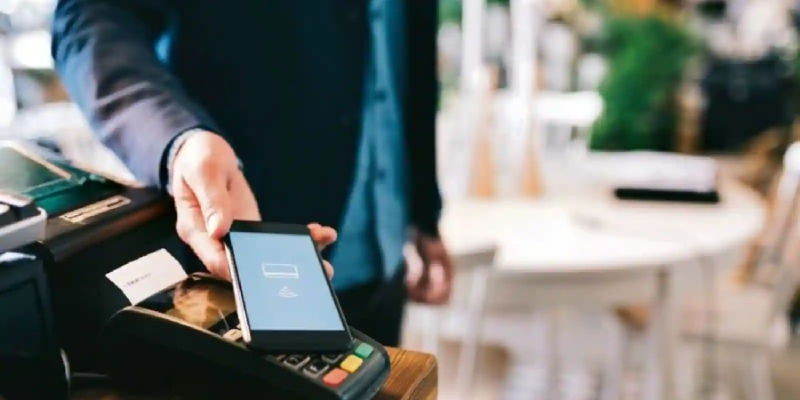In the digital age that we live in, modern transport tickets need to adapt to consumer trends.Open loop Payment involves the use of technology to modernize ticket sales in major cities around the world. At the ticket validator, users can pay by credit card using this technology.
And exploring “how to start a credit card processing company” involves pivotal steps. Begin with meticulous market analysis. Construct a comprehensive business plan encompassing services, rates, and risk management. Foster collaborations with banks, ensuring seamless transactions. Prioritize cutting-edge security measures, establishing a trustworthy foundation for sustained growth.
The evolution of the ticket
Paper metro tickets still exist and are in wide use despite the proliferation of digital tickets. However, they seem to be slowly being phased out.
With the advent of new technologies, innovation has burgeoned in this sector. First and foremost, the democratization of RFID (Radio-frequency identification) and the expansion of NFC (Near-field communication) in cards has opened new doors.
Contactless payments, whether it is via a payment card or any other form of support with this capability, can be made through this technology. Slowly but surely, it is becoming a necessity for consumers, not only because of its speed and convenience but also for health reasons.
As a result of contactless technologies, dedicated terminals are being implemented in public transportation. To test the validator, these terminals were installed on the transport networks of metropolises. Open Payment is a real success in London where contactless payments are widely accepted.
Open Payment supports
The subject has therefore prompted Fintechs, banks, and payment providers to investigate further. Changing the operation of infrastructure of this size is no easy task. Finding the most suitable media for frictionless ticket payments was the first step. Since NFC became the preferred mode of payment, it gradually became the industry standard.
Due to its widespread use and presence in payment cards, this technology is already an established and reliable solution. Currently, it is present in a variety of devices and extends to several domains:
- Payment cards: Contactless technology has been implemented in digitally all payment cards in Europe to date.
- Smartphone: Besides being extremely versatile, modern smartphones also have NFC chips.
- Connected objects: Contactless technology is becoming more prevalent in connected devices. NFC is now integrated into practically anything: watches, bracelets at festivals, or even attached nails in the most extravagant cases.
Given the range of devices and domains highlighted in the list above, here are some additional insights;
Today, smartphones are used for more than just making phone calls. The smartphone brings together many features previously dispersed across many devices by providing access to thousands of applications that fulfil their own roles. The colossal applications and websites are designed to centralize everything you can do on a smartphone onto a single application.
In any event, metropolises and payment players have a wide range of options. Due to the increasing urbanization of the world, it is imperative to find solutions to make large city traffic more fluid.
Although local disparities are greater in this area, credit cards are also among the preferred solutions. The limitation of taking out one’s credit card in public transportation is also less burdensome when using one’s smartphone to validate. However, due to the high cost of healthcare and the need for contactless payments, the current health crisis could accelerate this adoption.








Comments